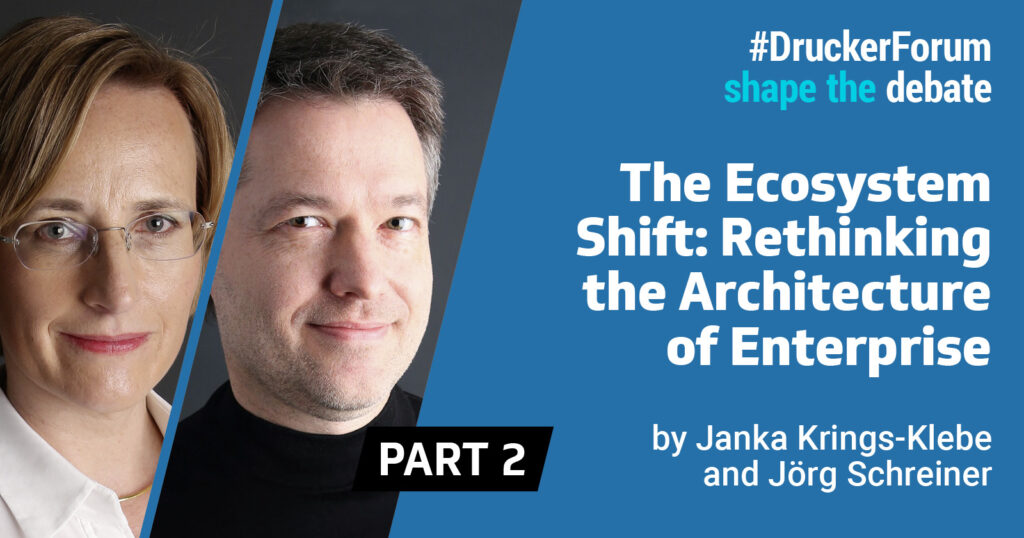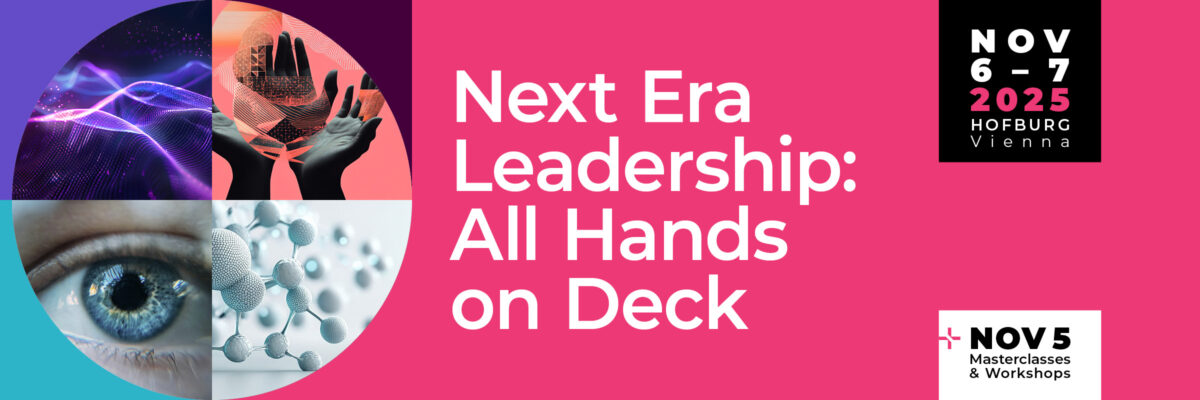
The Dionysian imperative, as described in the first part of this series, invites organizations to embrace unpredictability not as a threat to control, but as a vital source of renewal. Yet for leaders steeped in traditional management logic, this call can feel abstract. What does it really mean to transform conventional business operations into an ecosystem that auto-adjusts to emerging challenges and opportunities? How does one move beyond the familiar architectures of hierarchy and efficiency without losing coherence or accountability? The answer begins not with the latest org chart innovation, but with a fundamental shift in perspective: from managing parts to cultivating wholes.
Dissolving the Boundaries
Legacy organizations were built to contain complexity by subdividing it. They reflected a world in which stability was the default. But that world has eroded. The boundaries that once defined industries, geographies, and internal functions are no longer fixed. Business today unfolds across a porous terrain, shaped by digital flows, networked consumers, and volatile market dynamics. In such an environment, traditional structures often hinder rather than help. Siloed divisions may guard resources but block insight. Centralized controls may ensure unity of command but suppress emergent solutions. Successfully minimizing internal complexity doesn’t help an organization cope with the rising complexity externally.
The ecosystemic organization does not fight this complexity, it learns to move with it. It becomes less of a machine and more of a living system: open, adaptive, and self-organizing. It moves from containment of actors to increasing their agency.
The Architecture of Emergence
Haier, the Chinese appliance manufacturer, offers a compelling example of this transformation. Rather than refining its hierarchies, Haier dissolved them – restructuring into autonomous micro-enterprises with profit-and-loss responsibility and freedom to act. These entities are linked through shared platforms and a unifying purpose. Leadership at Haier is about designing conditions in which new value can emerge. This model doesn’t abandon accountability – it redistributes it. It trusts that initiative will arise wherever urgency, talent, and context align.
Netflix offers a different but equally illuminating model. Its cultural emphasis on “freedom and responsibility” reflects a deep commitment to decentralized decision-making. Employees are granted significant discretion – unlimited vacation, no formal approval chains for many decisions, and freedom to act in the company’s best interest without waiting for permission.
This autonomy is grounded in clear strategic context and high-trust relationships. Feedback is direct and constant. Expectations are rigorous. This allows Netflix to respond quickly to change through clarity and shared responsibility. Freedom becomes generative because the organization’s culture allows it to work. The balance of liberty and rigor, exploration and accountability, mirrors the Dionysian–Apollonian tension at the heart of organizational vitality.
Purpose as Gravity
For this kind of decentralization to hold together, something must replace the scaffolding of managerial oversight. That is purpose. Without a clear and compelling reason for existing, even the most agile structure will fragment. But when purpose is real – lived, not laminated – it acts as a gravitational force, aligning autonomous teams around shared intent. In ecosystemic organizations, purpose informs daily decisions. It gives coherence to diversity, offering a reference point in fast-moving environments. Google offers a well-known illustration. Its mission “to organize the world’s information and make it universally accessible and useful” serves not as a constraint but as a vector. It allows teams to explore radically different frontiers, from AI to health to autonomous vehicles, while remaining connected to a unifying ambition. It is clarity of overall intent that holds such an organization together.
The Role of Technology – and Trust
Digital platforms and real-time data have made the ecosystemic model more feasible than ever. But they are not enough. Technology alone cannot substitute for cultural readiness. A firm may have collaborative tools in place but still operate under assumptions of scarcity, secrecy, and control.
The deeper shift is relational. In an ecosystemic environment, people must feel safe to share early-stage ideas, to challenge consensus, to act before being told. Without trust, autonomy can feel paralyzing. With it, autonomy becomes a source of energy and insight.
Technology can play a critical role in building that trust – not by enforcing compliance, but by increasing transparency and shared awareness. When data is accessible across functions, and decision-making processes are visible rather than hidden, people are more likely to act with confidence and accountability. Transparency signals respect, and it invites contribution.
From Organization to Organism
What distinguishes these companies is not just their structure, but their mental model of what an organization is. They no longer see it as a vessel for execution, but as a platform for possibility. When a company begins to operate more like an ecosystem, its boundaries blur. Customers become co-creators. Partners become collaborators. Even competitors may become temporary allies. Internally, departments give way to a more fluid constellation of capabilities. Teams form, dissolve, and reform in response to emerging needs of customers or other teams. Strategy becomes less about predicting the next big thing in the distant future and more about picking up the multitude of small immediate opportunities. This does not mean abandoning structure altogether. Even the most adaptive systems require rhythm, coherence, and containers for large-scale actions. But the role of structure changes to become an enabler of movement. The question is no longer “How do we enforce our plan of the future?” but “How do we design conditions in which more positive outcomes can emerge?” The ecosystemic model does not offer a single template. It is not a framework to be installed, but a lens through which to reimagine. It asks organizations to think less in terms of control and more in terms of agency, less about plans and more about possibility.
As industry lines blur and networks become the new infrastructure, organizations that cling to rigid roles and closed hierarchies risk missing the creative collisions that drive transformation. Those that embrace ecosystem thinking harness the Dionysian spark – a collective ingenuity that flourishes when people are empowered to act, not merely to comply.
Looking Forward
In the final part of this series, we’ll turn to leadership. Because when hierarchy is no longer the default operating system, leadership itself must evolve – from directing to enabling, from commanding to catalyzing. In our work, we’ve watched this transition unfold – from command to connection, from hierarchy to emergence. We’ve described it in great detail in The Antifragile Organization, where we explore the implementation of these principles in practice across diverse industries.
The Dionysian imperative challenges us, as leaders, to rethink the roles we play. What if leadership was no longer about holding it all together, but about making space for what wants to emerge? What does it mean to lead when authority is distributed, emergence is the norm, and control is no longer the source of strength?
– – – – – – – – – – –
Acknowledgment
Many thanks to Zhang Ruimin for his generous endorsement of our forthcoming book, which inspired this article series.
About the Authors:
Janka Krings-Klebe and Jörg Schreiner are co-founders of co-shift GmbH. Their work focuses on guiding organizations through ecosystemic transformation and leadership redesign. Their forthcoming book, The Antifragile Organization: From Hierarchies to Ecosystems (LID Publishing, May 2025), delves into the principles and practices that help organizations thrive in complexity and continual change.

